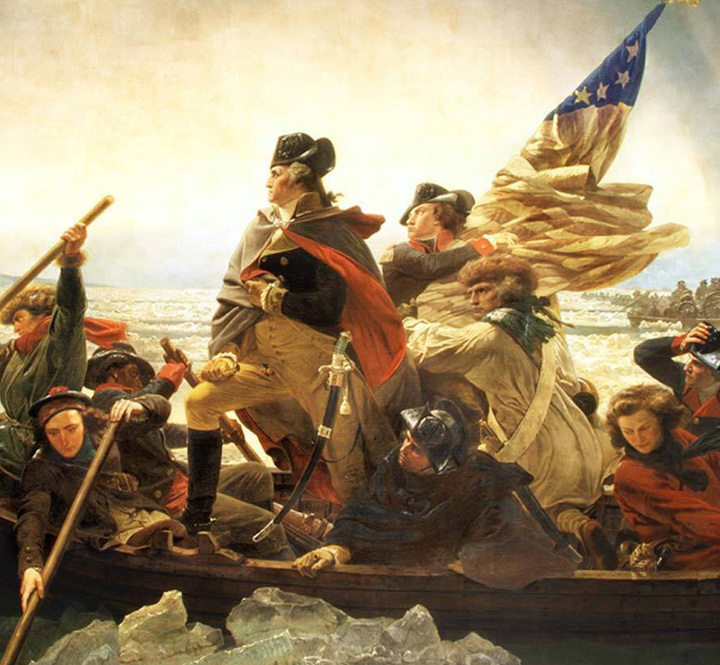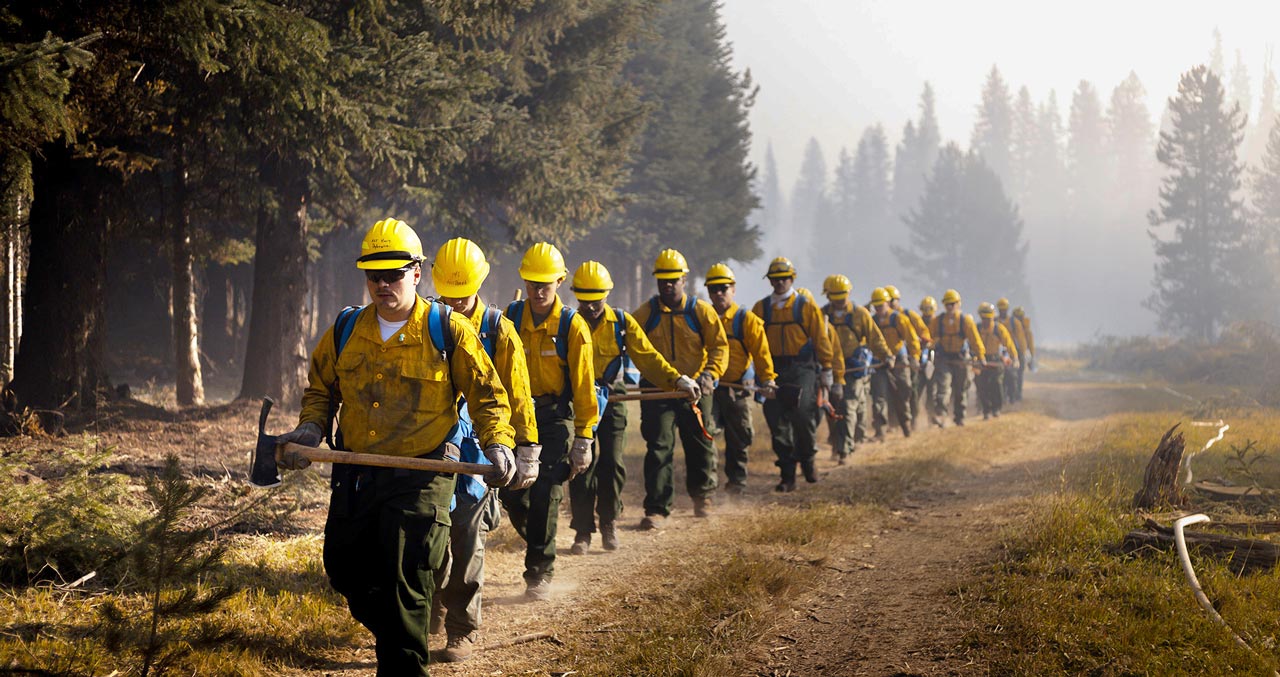
U.S. Army's Birthday Festival
Free and open to the public on the National Mall.
To reduce wait times, registration is recommended.

This We'll Defend
Our Soldiers and civilians are committed to defending our country, just as they have the past 250 years. Celebrate the Army's 250th birthday on June 14!
Download the official logo and birthday social media products, including banners, posters, graphics, to use and share on your social media pages
HOOAH!
The US Army's 250th Birthday Celebration will honor the sacrifices, achievements, and true spirit of American warriors through three distinct categories: Heroes, Legacy & Nostalgia
MEET THE HEROES
The history of the Army is always being written. Visit the Heroes website to explore stories of soldiers who have left their mark. From the Revolutionary War to the present, the site features a timeline highlighting notable events, as well as a searchable catalog of profiles over centuries of service to the nation. We honor these Heroes of the Army today and always.
THE FOUNDING
Since its official establishment, June 14, 1775 — more than a year before the Declaration of Independence — the U.S. Army has played a vital role in the growth and development of the American nation. Drawing on both long-standing militia traditions and recently introduced professional standards, it won the new republic's independence in an arduous eight-year struggle against Great Britain. At times, the Army provided the lone symbol of nationhood around which patriots rallied.
TODAY'S ARMY
Older than the nation it defends, the U.S. Army has made a difference in the history and founding of America. This year we are celebrating how America's Army has challenged, empowered and equipped our Soldiers, because “Be All You Can Be” is more than just a slogan, it's the Army way of life.
Explore the section below and learn more about today's U.S. Army
HEROES
The U.S. Army honors the brave Soldiers who have shaped its legacy.
From the Revolutionary War to the present day, Americans have served selflessly, sacrificing their freedom — and sometimes their lives — in defense of the nation. Their courage, loyalty and dedication have inspired generations, forging a proud tradition of service. Learn about these great American heroes by following the U.S. Army social accounts.
See more on the Army's Heroes Site.
Video Gallery
- Alwyn Cashe SFC Alwyn Crendall Cashe was a US Army hero who was posthumously awarded the Medal of Honor for his selfless actions during Operation Iraqi Freedom in 2005. He bravely rescued fellow soldiers from a burning Bradley Fighting Vehicle after it was struck by an IED, sustaining severe burns in the process. Cashe died of his injuries shortly after, but his actions earned him the nation's highest military decoration.
- Roland Bragg Pfc. Roland Bragg was a U.S. Army hero who served as a paratrooper in WWII, particularly during the Battle of the Bulge. He was awarded the Silver Star and Purple Heart for his bravery. One of his notable acts of valor involved commandeering a German ambulance to rescue wounded soldiers, driving it 20 miles under enemy fire, according to the U.S. Army.
- Douglas MacArthur Douglas MacArthur was a highly decorated American General, considered a hero for his leadership during World War I and World War II, and later in the Korean War. He held the rank of General of the Army, one of only five to do so, and also served as Supreme Commander in the Southwest Pacific Area and as Supreme Commander for the Allied Powers in Japan. His military career spanned over 50 years and involved significant leadership roles and accomplishments.
LEGACY
Over eighty years ago, the U.S. Army helped lead the charge to liberate Europe in World War II on D-Day. But even beyond the battlefield the Army is a leader. Whether it's the rapid deployment of Soldiers to support disaster relief efforts, working on the cutting edge of technological innovation or building lasting relationships with nations through the State Partnership Program — the Army's positive global impact is undeniable. Stay tuned to Army.mil to read more stories about the U.S. Army's lasting legacy.

Photo: Soldiers deploy in support of the Defense Department's wildland firefighting response in Cascade, Idaho, Aug. 19, 2024. U.S. Army photo by Christopher Grissett.
NOSTALGIA
United States Army Soldiers share a unique camaraderie — a bond forged by trust, loyalty and sacrifice. Every Soldier has memories of muddy boots and long deployments; a favorite MRE and marching cadence. For those who have served, this esprit de corps remains a lifelong connection. A feeling that lasts long after the uniform has been hung up.
Follow the U.S. Army social media channels as we dive into these shared experiences.
Video Gallery
- Cadence Call 1 Throughout a Soldier's career, cadences carry the beat every step of the way. Beginning with simple 'left, right, left' in Basic Combat Training, the tunes blasted out of the mouths of drill sergeants are forever entwined to the movement of troops.
- Drill Team With jaw-dropping throws and catches of bayonet-tipped 1903 Springfield Rifles, complex performances and precision footwork, The U.S. Army Drill Team wows audiences stateside and around the world.
- Memories Unmasked Tear gas training is a rite of passage for Soldiers in Basic Training. The scenario helps future warfighters practice donning their gas masks, follow emergency procedures, and build resilience. Soldiers and Veterans: Who remembers their first tear gas training? #Army250
- Calvert Tanks Current tank lethality reflects significant recent improvements to optics, fire control systems, networks, and ammunition. Tanks possess the ability to engage varied targets with precision at ever longer ranges whether stationary or moving.
- Cadence Call 2 The esprit de corps that tags along with cadence is visible as Soldiers block out their worries and move as one.



FOLLOW AND SHARE ON SOCIAL MEDIA
We want to see how you marked the U.S. Army's birthday this year, please use the following hashtag across Facebook, X, Instagram, YouTube and LinkedIn in your posts on all Army Birthday content from June 1 to June 18.#Army250
For information about the events during Army Birthday Week, see the Army 250 Birthday Outreach Guide
Additional resources for Media and News outlets can be found on the Media Resources page.
Videos and images from this year's U.S. Army Birthday events are available on DVIDS.
Click below to follow and share media from the celebration.